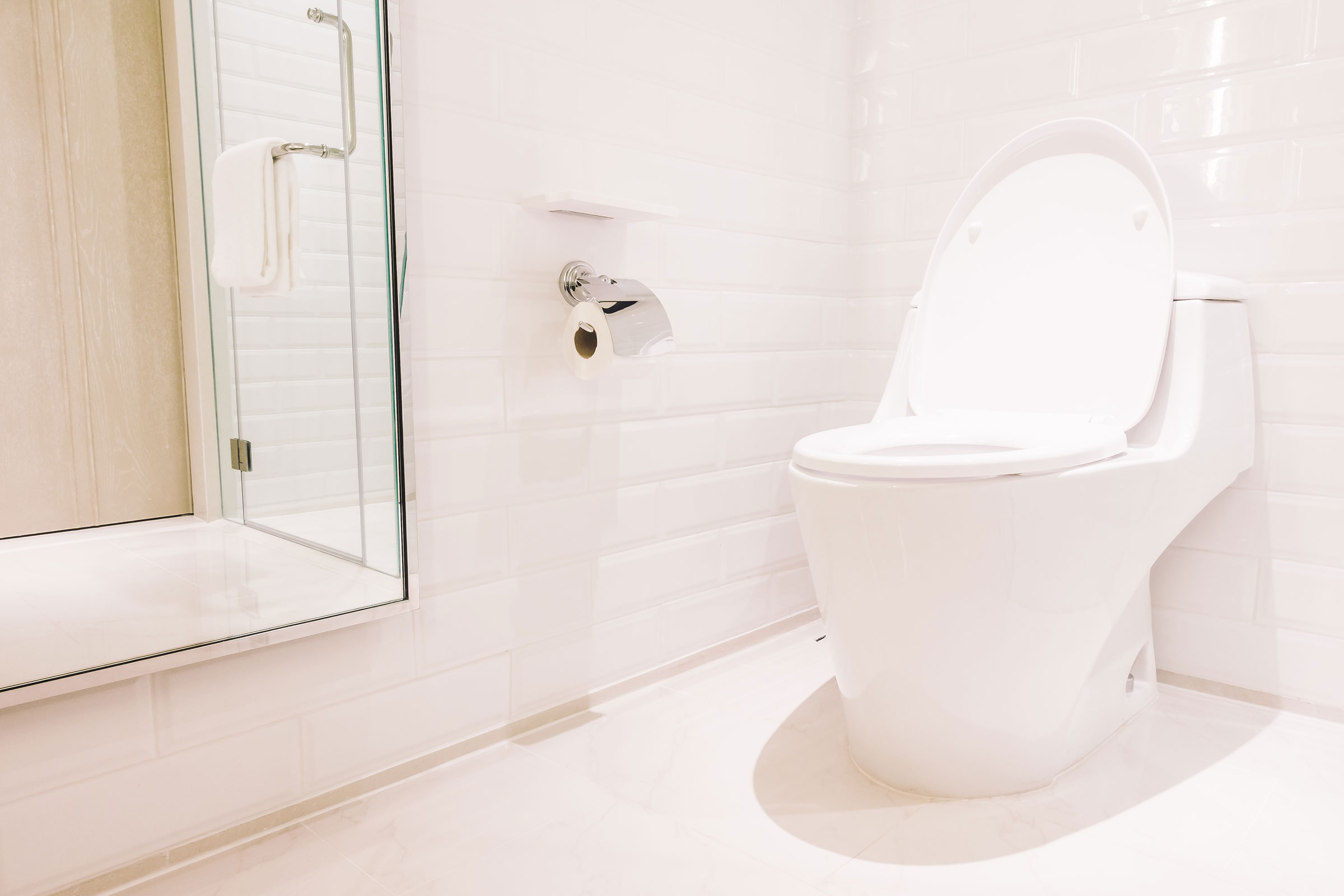A toilet is one of the most crucial items in your house. But choosing the best toilet comes with its share of challenges. This article will cover essential aspects that you need to consider purchasing the right bathroom toilet. So, without further ado, let’s cut to the chase!
Gallons per flush (GPF)
Regardless of how big or small your family is, you’ll need a toilet that will conserve water and at the same time provide robust flushing power to keep it clean. Besides, toilet flushing is the top water consumer in an average home.
While changing habits can mitigate water wastage, you can opt to buy a toilet with a low GPF rate. Let’s look at the available options:
Older toilets: These are toilets manufactured between 1980 and 1992 or earlier. They primarily use 13.2 liters (3.5 gallons) per flush. Earlier models use 20 to 26 liters per flush.
Ultra-low flush toilets (ULF): They flush at least 6 liters (1.6 gallons) per flush. This is the standard requirement in the United States that aims to conserve water.
High-efficiency toilets (HET): They use a maximum of 5 liters (1.3 gallons) per flush. There are numerous models and the performance has improved significantly over the years.
Dual-flush toilets: This type has a full and half flush. Modern dual-flush toilets use at least 4 liters per flush.
Winner?
The dual-flush toilet makes the cut because it conserves water while providing unmatched flushing power.
One-piece vs. two-piece
Wondering whether to buy a one or two-piece toilet? Well, let’s compare and see which fits the bill. But first, what’s the difference between the two?
The one-piece will have the bowl and tank molded as a unit while the two-piece consists of a separate bowl and tank.
The one-piece is easier to install and has a smaller surface area compared to the two-piece. Besides cleaning it is easier since all parts are in one place. It is also more durable since few components are exposed to damage.
The downside? They are more expensive, heavier, and daunting to repair should the tank get damaged
On the other hand, two-piece toilets are cheaper and easy to repair since you can do so separately. Likewise, the installation happens in straightforward stages; you can start with the bowl, then the tank.
The downside? The two-piece toilets occupy more space and cleaning is a daunting task that provides a breeding ground for harmful bacteria and mold.
Winner?
The one-piece outshines the two-piece toilets. Although expensive, they are easy to install and can fit in a small bathroom.
Elongated vs. round
This comes down to your desired aesthetic touch of the bathroom. But, let’s look at how they compare.
Both are easy to use, however, elongated toilets tend to be more comfortable thanks to their wider surface area. They are also ideal for children and seniors.
Installation is also straightforward in both. Round toilets are easier to install since they are smaller. But this is an insignificant difference.
When it comes to cost, elongated toilets are more expensive compared to round toilet bowls. It is easier to clean the elongated type since they have minimal crevice on the underside.
Winner?
An elongated toilet is a perfect fit. It is easy to clean, comfortable to use, and provides a unique touch to your bathroom.
Ideal height
Ideally, a height of between 16 to 19 inches from the floor to the bowl seat is recommended. This is an ideal height both for you and your kids. To ensure you strike the perfect height:
- Determine where the toilet will be positioned
- Determine which type of height you want; universal (17-19 inches), standard (141/2 inches), or comfortable height (16 inches).
- Consider the thickness of the toilet if you decide to use the universal height. Add it to the 17-19 inches to get the perfect height.
- Ensure that the bowl is in an ideal position in relation to the wall.
Ideal space
Several aspects affect the space of the toilet. They include the seat’s shape, rough-in dimension, and tank design. The closer the toilet is to the wall the less space it consumes.
So, what should be the ideal space around your toilet?
A space of 15-30 inches from any obstruction (sink, bathtub, etc.) or side wall is recommended. There should be a space of at least 24 inches before the toilet.
Verdict
Before buying the best toilet, you’ll need to consider the bathroom space, the number of family members, water usage, etc.
Now, we’d like to hear from you. What other aspects do you consider? Let us know in the comment section.






